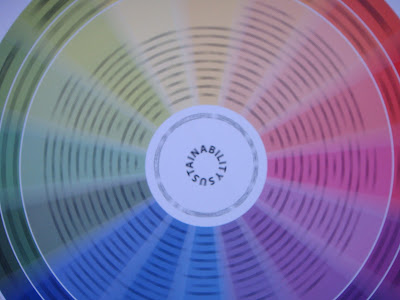Project February 2011
Book Launch. A different approach to an end of year show.
Instead of producing an un-sustainable end of year show, the MA course pupils (including my self) decided to present their developed views and different opinions, towards sustainable areas in a pocket book. The book - Lost and Found: Adventures in the Sustainability Space – includes each pupils individual take on the subject of Sustainability, which are explained through examples of their own featured work.
My chapter is shown below. Chapter 4. Not So Narrow Minded (simply click to enlarge the images to read)




































